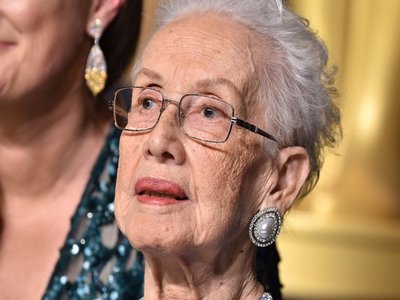

The agency was relying on a network of computers, programmed with orbital equations that would control the trajectory of Glenn’s capsule. Less than a year later, NASA was preparing for the mission that would see Glenn become the first US astronaut to orbit Earth in February 1962. In May 1961, astronaut Alan Shepard became the first US citizen and second person in the world to go to space. Meanwhile, at NACA (which had since become NASA), Johnson had been working on the trajectory analysis for the US’s first human space flight. In 1957, the Soviet Union launched Sputnik 1 – the first artificial Earth satellite – and in April 1961, cosmonaut Yuri Gagarin became the first person to journey into space and orbit Earth. At the same time, the space race between the US and the Soviet Union was heating up. Over the next four years, she worked alongside aeronautical engineers analysing data from flight tests.

Within two weeks of working at Langley, Johnson’s talent landed her a position in the Flight Research Division. Johnson refused to use the “colored” toilets and ate lunch at her desk. In addition to the computing pool, the toilets and cafeteria at Langley were also racially segregated at the time. In 1953, Johnson started working at the all-Black West Area Computing section of the Langley Aeronautical Laboratory at the National Advisory Committee for Aeronautics (NACA), which would later become the space agency NASA.


 0 kommentar(er)
0 kommentar(er)
